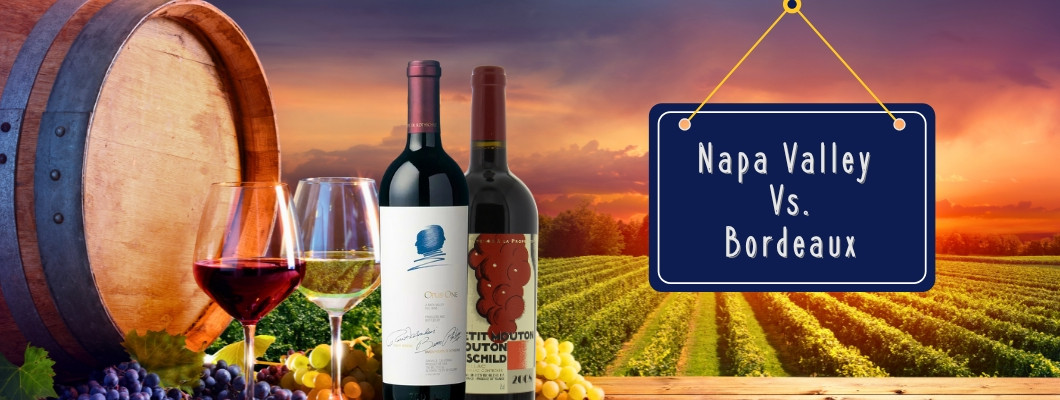
Napa and Bordeaux are benchmark wine regions that need no introduction. Yet, we’ll explore what makes them distinct yet exceptional in their own right. Their wines fill beautiful gift baskets, perfect for Easter brunches, 4th of July celebrations, or cherished occasions like anniversaries and birthdays.
Read on to discover more!
Terroir & Climate
Napa Valley
Napa Valley enjoys a warm Mediterranean climate with sunny summers and mild, wet winters, ensuring consistent ripening. Cool breezes and morning fog from San Pablo Bay temper the warmth. Cooler mornings and warm afternoons yield riper, sweeter grapes, producing richly textured, high-alcohol wines.
Napa’s soils are diverse and complex, from mineral-rich volcanic soils in Howell Mountain AVA to gravelly alluvial soils in Oakville and Rutherford AVAs, and cool loamy soils in Carneros AVA. Vineyards on undulating hills and mountains bask in ample sunlight, intensifying fruit expression. This diversity underpins Napa’s viticultural success—Napa has it all!
Napa’s terroir shapes its wines, reflecting varied soils and microclimates. Each sip transports you to the vineyards where the magic happens.
Bordeaux
Bordeaux’s maritime climate, influenced by the Atlantic Ocean, brings more vintage variation. Moderate temperatures, higher rainfall, and humidity lead to year-on-year differences in wine quality. Compared to Napa’s warmer, drier conditions, Bordeaux grapes ripen slowly at cooler temperatures, yielding higher acidity, medium alcohol, and structured tannins.
Divided by the Gironde estuary into Left Bank and Right Bank, Bordeaux boasts diverse soils. The Left Bank has warm, gravelly soils, producing bold, tannic wines, while the Right Bank’s cool, clay-based soils yield fruit-driven styles. Like Napa, Bordeaux wines are terroir-centric, with vintage variations masterfully managed by skilled cellar masters, making blending a Bordeaux hallmark.
Grape Varieties and Wine Styles
Napa Valley
Napa’s star grape is the warmth-loving Cabernet Sauvignon, alongside Merlot, Syrah, and Zinfandel. Wines are bold and fruit-forward, with ripe blackberry and cassis notes, high but ripe tannins, often high alcohol, and oak-driven complexity. Lighter, fruitier reds may blend grapes from across the region, showcasing winemakers’ versatility.
Napa’s whites, led by Chardonnay, followed by Sauvignon Blanc and Pinot Gris, thrive on cool valley floor vineyards, preserving fresh, fruity aromas and acidity. Oaked Chardonnay offers warm, toasty notes, while Sauvignon Blanc and Pinot Gris emphasize primary fruit flavors.
From Prohibition-era family wineries to well-resourced producers, Napa blends tradition with innovation. Once known for oaky, overripe wines, Napa now crafts some of the world’s most elegant Cabernet Sauvignons, driven by technology like optical sorters and passionate young winemakers.
Bordeaux
Bordeaux blends primarily feature Cabernet Sauvignon and Merlot, with Petit Verdot, Cabernet Franc, and Malbec. White varieties include Sémillon, Sauvignon Blanc, and Muscadelle. Traditional winemaking, blending, and restrained oak usage define Bordeaux, guided by classification systems that shape vineyard-to-winery practices.
Left Bank Cabernet Sauvignon blends are structured, with pronounced aromatics, high tannins, and classic acidity, offering blackcurrant, cedar, and tobacco notes. Right Bank Merlot-heavy blends are softer, with ripe plummy fruit and vanilla from oak. White blends of Sémillon and Sauvignon Blanc balance depth and freshness.
Both regions produce sweet wines. Napa’s late-harvest blends of Semillon, Sauvignon Blanc, and Muscat are fruit-centric and approachable young. Bordeaux’s botrytised Sauternes, blending Sémillon, Sauvignon Blanc, and Muscadelle, are full-bodied with honeyed, dried apricot notes. Château d’Yquem’s Sauternes is a global icon.
To highlight the distinct styles of Napa and Bordeaux wines, here’s a side-by-side comparison:
| Characteristic | Napa Valley | Bordeaux (Left Bank) |
|---|---|---|
| Primary Grape | Cabernet Sauvignon (80-100%) | Cabernet Sauvignon (blended with Merlot, Cabernet Franc) |
| Flavor Profile | Bold, fruit-forward (blackberry, cassis) | Earthy, tart fruit (cherry, currant), pencil lead |
| Alcohol Content | Higher (~14-15%) | Lower (~12.5-13.5%) |
| Tannin Structure | Softer, approachable when young | Firmer, requires aging (10+ years) |
| Aging Potential | 5-15 years, best young | 10-30 years, improves with age |
Price vs. Ageing Capability
Napa and Bordeaux wines span a wide price range, from entry-level to investment-grade, suiting every occasion—premium wines for special days or value options for casual moments.
Napa Valley
Young, fruity Napa wines ($25–$50) are wallet-friendly, offering elegance and 3–5 years of aging potential. Mid-priced to premium wines ($70–$350) are intense, aging 10–15 years to soften tannins. Super-premium wines, like Harlan or Screaming Eagle, age 20–30+ years, developing leather, earth, and mushroom notes. Their limited production drives high demand and rising prices.
Learn more in our Napa Valley Wine Price Guide!
Bordeaux
Bordeaux prices reflect classifications, with classified wines setting quality and price benchmarks. Entry-level wines, balanced and food-friendly, age 5–7 years, developing leathery notes. Mid-range to premium wines age 10–15+ years, gaining pronounced aromas and requiring decanting. Super-premium Bordeaux, crafted with expert teams and French oak, command high prices and are often sold as futures, a model born to support châteaux during wartime.
Wine Prices and Ideal Occasions
| Category | Napa Valley | Bordeaux | Best for Occasions |
|---|---|---|---|
| Entry-Level ($25-$50) | Approachable Cabernet | Merlot blends | Housewarmings |
| Mid-Range ($70-$150) | Balanced Cabernet | Classified blends | Birthdays |
| Premium ($200-$450) | Harlan, Opus One | Château d’Yquem | Weddings |
| Super-Premium ($500+) | Screaming Eagle | First Growth Bordeaux | Collector’s gifts |
Pairing Wine and Food
Napa and Bordeaux wines elevate any meal, from simple home dinners to elaborate feasts. Here are pairing suggestions:
Napa Valley Wines
- Cabernet Sauvignon: Mushroom risotto, shepherd’s pie, grilled steak, lamb, or vegetable biryani pair with its high aromatics and acidity.
- Merlot: Tomato-based pastas, stir-fried vegetables, chana masala, or thin-crust pizzas complement its flavors.
- Zinfandel: Aged cheeses (goat or cheddar), grilled chicken, or Cobb salad match its bold, fruity profile.
- Chardonnay & Sauvignon Blanc: Creamy dishes like lobster in cream sauce, chicken tikka masala, or grilled cheese benefit from their acidity.
Bordeaux Wines
- Cabernet Sauvignon (Blends): Venison, roasted lamb chops, or grilled steaks pair with their earthy, bold structure.
- Merlot (Blends): Truffle-topped salads, grilled sausages, cheese boards, or vegetable sliders balance their complexity and fruitiness.
- Sauvignon Blanc & Sémillon (Blends): Grilled fish, roasted green vegetables, or creamy seafood pastas complement their minerality and acidity.
- Sauternes (Dessert Wine): Cheesecake, lemon tart, chocolate gateaux, gulab jamun, or blue cheese balance its sweetness and acidity.
Personal preferences matter—experiment to find your favorite pairings! Whether you lean toward Napa’s bold, fruity flavors or Bordeaux’s refined elegance, both regions offer something special.
Here’s a quick guide to pairing Napa and Bordeaux wines with your favorite dishes:
| Wine Style | Region | Food Pairings | Occasion |
|---|---|---|---|
| Cabernet Sauvignon | Napa Valley | Grilled steak, mushroom risotto, lamb | Dinner party, barbecue |
| Cabernet Sauvignon Blend | Bordeaux (Left Bank) | Roasted lamb chops, venison | Formal dinner, holiday feast |
| Merlot | Napa Valley | Tomato pasta, chana masala, thin-crust pizza | Casual dinner, weeknight meal |
| Merlot Blend | Bordeaux (Right Bank) | Grilled sausages, cheese boards | Picnic, casual gathering |
| Sauvignon Blanc/Chardonnay | Napa Valley | Lobster in cream sauce, chicken tikka masala | Brunch, summer lunch |
| Sauternes (Sémillon Blend) | Bordeaux | Cheesecake, blue cheese, lemon tart | Dessert course, anniversary |
Choosing Wines for Gift Baskets
Napa and Bordeaux wines are ideal for creating memorable gift baskets. For casual occasions like housewarmings, opt for Napa’s approachable Cabernet Sauvignon or Bordeaux’s entry-level Merlot blends, paired with artisanal cheeses like Aged Cheddar or Gouda. For milestone events like anniversaries, select premium Napa Cabernet (e.g., Caymus, Opus One) or Bordeaux Sauternes (e.g., Château d’Yquem), complemented by gourmet chocolates or charcuterie. Personalize baskets with a handwritten note for a thoughtful touch.
Explore our curated Napa and Bordeaux gift baskets to find the perfect present!
Sustainability in Winemaking
Both Napa and Bordeaux prioritize sustainability. Napa wineries use solar energy and water conservation, while Bordeaux’s estates adopt organic and biodynamic practices. Choosing wines from these regions supports eco-conscious craftsmanship.
For more wine region comparisons, check out our insights on French vs. Italian wines.




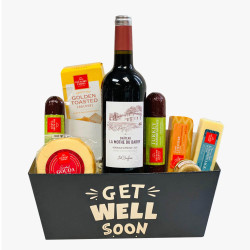
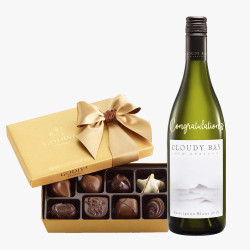

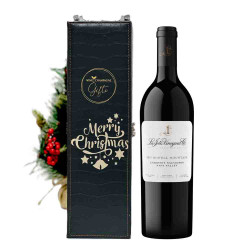


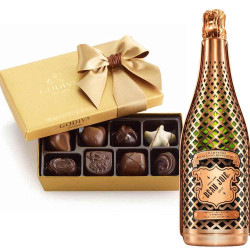












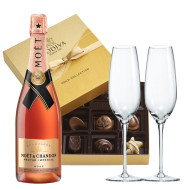

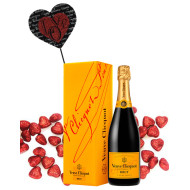

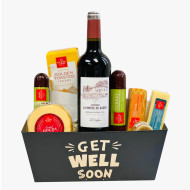
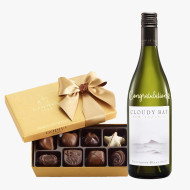
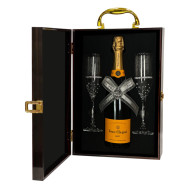
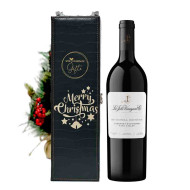






Leave a Comment